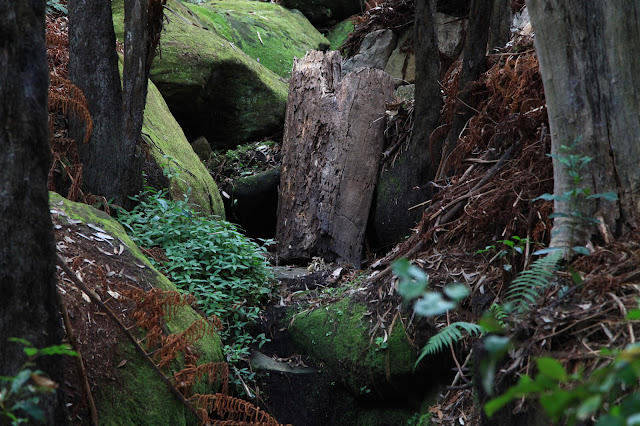 |
| Glover Street is in north Willoughby, and runs between High Street and Warrane Road. |
 |  |
| Most of the houses in this street, and in adjacent streets are of the 'Californian bungalow' design. This architectural style was popular from just before World War I, until well into the 1920s. |
 |
| Very few houses in Glover Street are unrenovated. However, generally speaking, the external appearance (from the street) is unchanged. The street is very neat and tidy, well-kempt. It appears to be well-populated with young families. |
 |  |
| There is one example of a Californian bungalow which is of recent construction. Some other examples have been demolished, to be replaced by style I like to think of as 'modern nonentity'. I have not been able to identify 'Glover'. However, the streets in this pattern (running from High Street to Warrane Road) all appear to be named after people: McClelland, Alexander, Glover, Bedford, Cambridge, and Chaleyer. This leads me to reason that they were all in the same release of land. There are only 41 houses in the street, each of the blocks of land being very regular, and approximately 558 square metres. Using Google maps, there are only 8 swimming pools in the street. Very few of these houses would change hands for under a million dollars. The house in my lead photograph is valued at approximately $1.4m. |
 |










































